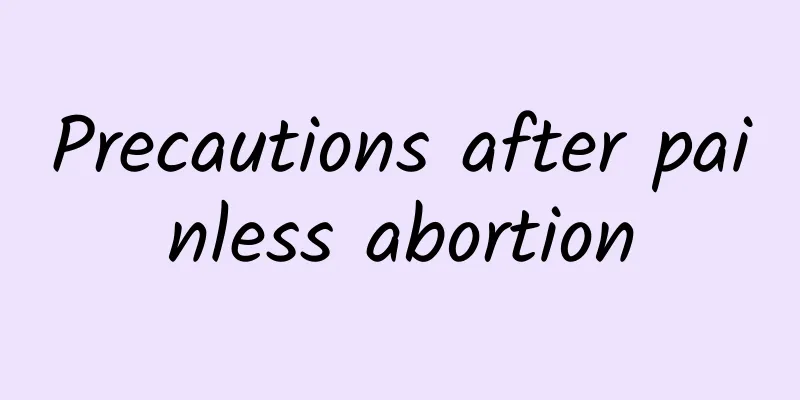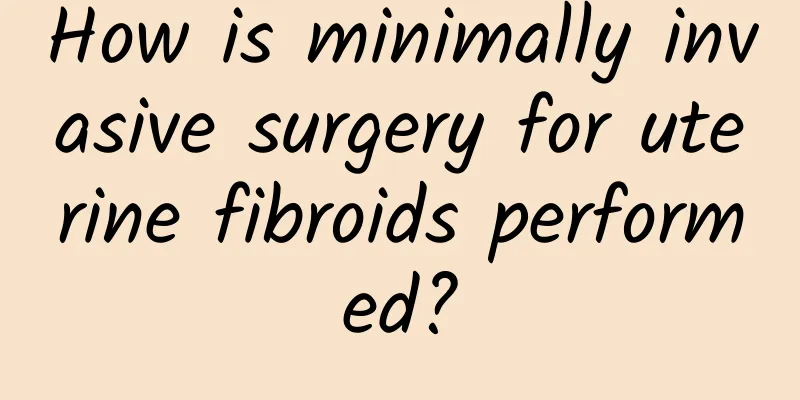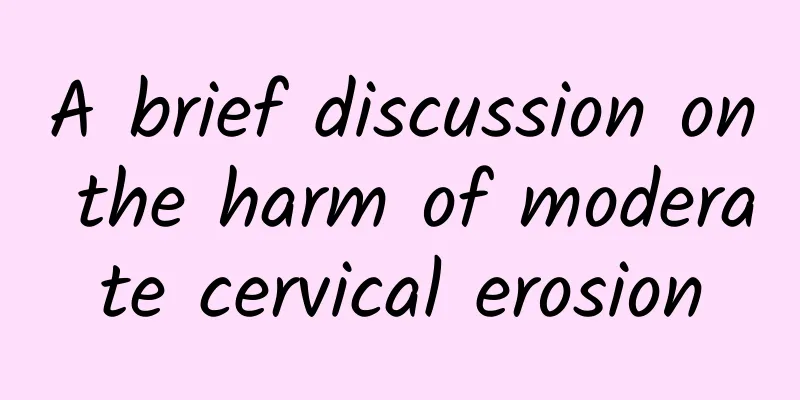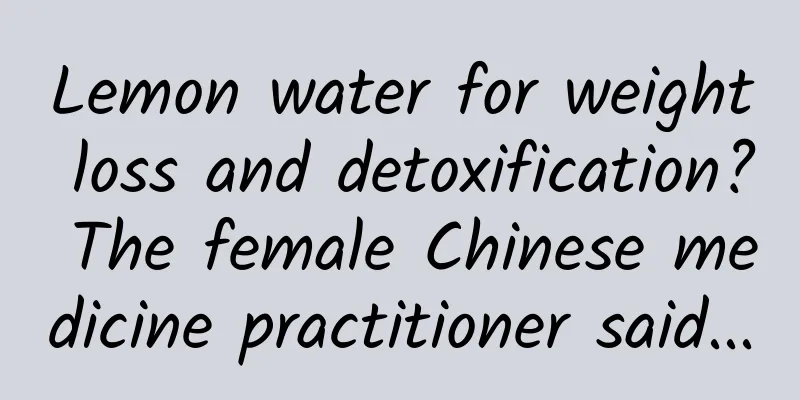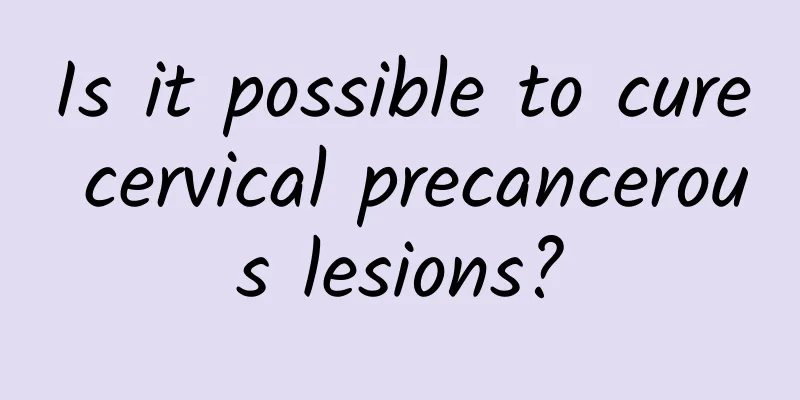How to treat left ovarian cyst
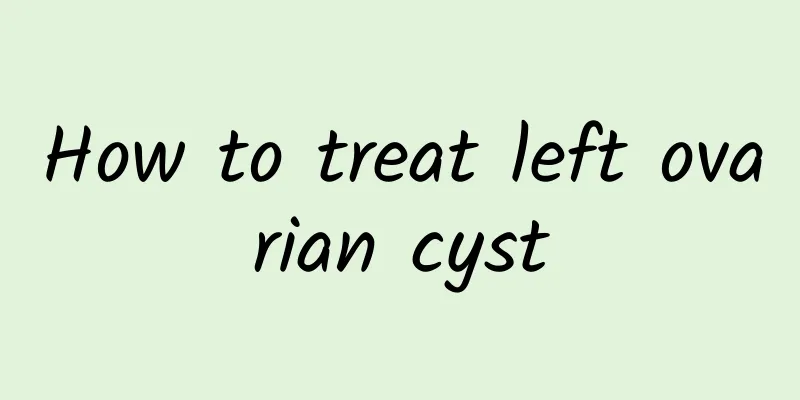
|
The treatment of left ovarian cysts can be selected according to the size and nature of the cysts, as well as the patient's symptoms and health status. Common methods include drug therapy, surgical treatment, and observation and follow-up. The specific treatment plan needs to be individually selected after the doctor's diagnosis. 1) Drug treatment For functional cysts (such as corpus luteum cysts and follicular cysts), they usually disappear on their own without special treatment, but in some cases, medication can be used. For example, oral contraceptives can help regulate hormone levels, thereby inhibiting ovarian ovulation, reducing the occurrence of new cysts, and promoting the shrinkage of existing cysts. However, you must follow the doctor's advice before using the medication and never take the medication on your own. 2) Surgical treatment If the cyst is large (e.g., more than 5-6 cm), complex (e.g., suspected chocolate cyst or malignant tumor), or causes obvious symptoms (e.g., pain, compression of surrounding organs), surgery may be required. Common surgical methods include: -Laparoscopic surgery: for most benign cysts, with less trauma and quick recovery. -Laparotomy: Mainly used in cases where malignancy is suspected or the cyst is very large. - Partial oophorectomy: The cyst is removed while preserving ovarian function. 3) Observation and follow-up For small, asymptomatic benign cysts (usually less than 5 cm), especially during pregnancy or childbearing years, doctors may recommend regular ultrasound scans to observe changes without immediate treatment. If the cyst shrinks or disappears over time, no further intervention is required; if it increases or symptoms occur, the treatment plan needs to be adjusted in a timely manner. In daily life, regulating hormone levels and maintaining a healthy lifestyle can also help reduce the occurrence of complex cysts. For example: maintain a regular schedule, avoid overwork, eat a balanced diet, reduce the intake of high-fat and high-sugar foods, and consume more fruits and vegetables rich in vitamins and dietary fiber. At the same time, it is also very important to maintain an annual gynecological examination. The choice of treatment plan for left ovarian cysts needs to be made by a professional doctor based on the specific situation of the patient. For small functional cysts, you can relax and just observe carefully; for cysts with obvious symptoms and complex nature, you need to seek medical attention in time and take corresponding measures. Comprehensive management is required to ensure ovarian health. Regular prenatal examinations and health monitoring are recommended to minimize the risk of disease. |
<<: Can't eat cold food if you have premature ovarian failure?
>>: Causes and hazards of hydatidiform mole
Recommend
What are the causes of irregular menstruation?
Menstrual irregularities are common in the lives ...
Regular hospital for cervical precancerous lesions
Cervical precancerous lesions are a common diseas...
New treatment method for congenital absence of vagina
The overall goal of treatment for girls with cong...
What are the main tests for ovarian cysts?
What are the main aspects of ovarian cyst examina...
What are the common dietary principles for candidal vaginitis?
Patients need to grasp the dietary principles of ...
What are the symptoms of ovulation bleeding?
What are the symptoms of ovulation bleeding? Wome...
Is 12-hour fasting effective and effortless for weight loss? You must know the 4 keys to losing weight in a limited time period
Breakfast is the first meal of the day, which can...
What is the reason for heavy menstrual flow? Beware of the dangers of heavy menstrual flow
Heavy menstrual flow in women may be a gynecologi...
Are there any harmful symptoms of physiological ovarian cysts?
What are the symptoms of physiological ovarian cy...
Experts answer questions about whether you can get pregnant after ectopic pregnancy surgery
After undergoing ectopic pregnancy surgery, many ...
Abdominal pain, uterine fibroids, what to check for color Doppler ultrasound, uterine fibroids, can abdominal B-ultrasound be used to detect them?
Abdominal pain is a common phenomenon and may be ...
What tests are done for pelvic peritonitis
Tenderness and rebound tenderness are the main si...
High-fiber foods that relieve constipation and help lose weight! Nutritionist Zhang Peirong recommends 5 must-eat foods
The causes of constipation, in addition to the in...
Losing weight can also cure diseases! Reduce chronic diseases by 10% and stabilize
Obesity is related to chronic diseases, including...
Michelin chef's weight loss secret: the best seafood salad for weight loss
If you want to be thin, you must be thin in a hea...

